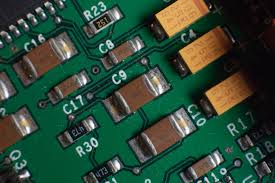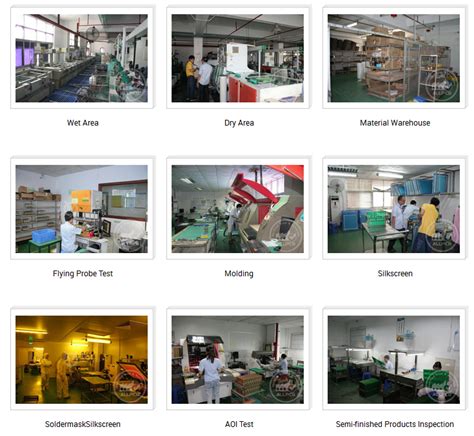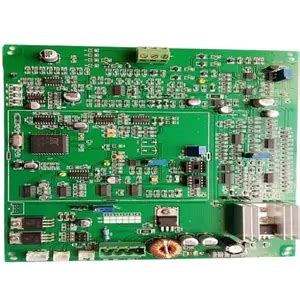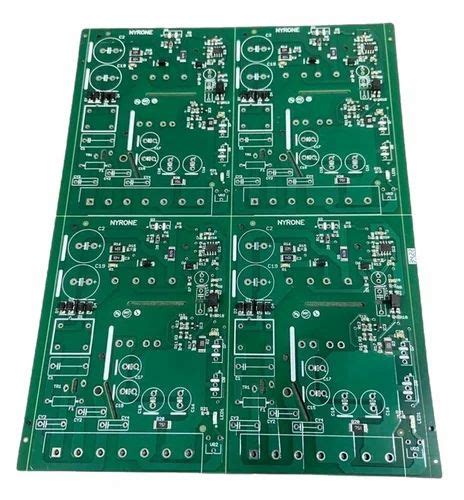IC Substitution Techniques in PCB Circuit Design
Introduction
Integrated Circuits (ICs) are fundamental components in modern PCB (Printed Circuit Board) designs. However, designers often encounter situations where a specific IC is unavailable due to supply chain issues, obsolescence, or cost constraints. In such cases, IC substitution becomes a crucial skill. This article explores various techniques for substituting ICs in PCB designs while maintaining functionality, performance, and reliability.
1. Understanding IC Substitution
IC substitution involves replacing an original IC with an alternative component that meets or exceeds the required specifications. The process requires careful consideration of electrical characteristics, pin compatibility, package types, and functional equivalence.
Key Factors in IC Substitution
- Electrical Parameters: Voltage levels, current ratings, frequency response, and power dissipation must match.
- Pin Compatibility: The substitute IC should have the same or adaptable pinout to avoid PCB redesign.
- Package Type: SMD (Surface Mount Device) vs. through-hole compatibility.
- Functional Equivalence: The substitute should perform the same logic or analog function.
- Manufacturer & Datasheet Comparison: Verify specifications across different vendors.
2. Direct Replacement vs. Functional Replacement
2.1 Direct Replacement
A direct replacement involves using an identical or equivalent IC from another manufacturer. Many ICs have second-source alternatives (e.g., the 74HC00 NAND gate is available from Texas Instruments, NXP, and STMicroelectronics).
Advantages:
- No circuit modification needed.
- Guaranteed compatibility.
Challenges:
- May not be available for obsolete or proprietary ICs.
2.2 Functional Replacement
When a direct replacement is unavailable, a functionally equivalent IC with minor adjustments can be used.
Example:
- Replacing a discontinued LM741 op-amp with a TL081 (higher input impedance, similar function).
- Using a PIC microcontroller in place of an ATmega if firmware is adaptable.
Considerations:
- May require slight circuit tweaks (e.g., resistor/capacitor adjustments).
- Firmware/software modifications might be necessary for programmable ICs.

3. Cross-Referencing IC Substitutes
3.1 Using Manufacturer Cross-Reference Tools
Many semiconductor manufacturers provide cross-reference databases:
- TI’s Cross Reference Tool
- ON Semiconductor’s Equivalent Finder
- Rochester Electronics (for obsolete parts)
3.2 Third-Party Cross-Reference Databases
- Octopart, FindChips, IC Substitution Handbook
- Online forums (EEVblog, All About Circuits)
4. Adapting Pinouts & Packages
4.1 Pin-Compatible Substitutes
Some ICs have the same function but different pinouts. Solutions include:
- Using an adapter PCB (breakout board).
- Re-routing traces if space permits.
Example:
- A MAX232 (16-pin DIP) can sometimes replace a MAX3232 (smaller package) with an adapter.
4.2 Package Conversion
- SMD to DIP adapters (for prototyping).
- Re-designing PCB footprints for alternative packages (e.g., SOIC to QFN).
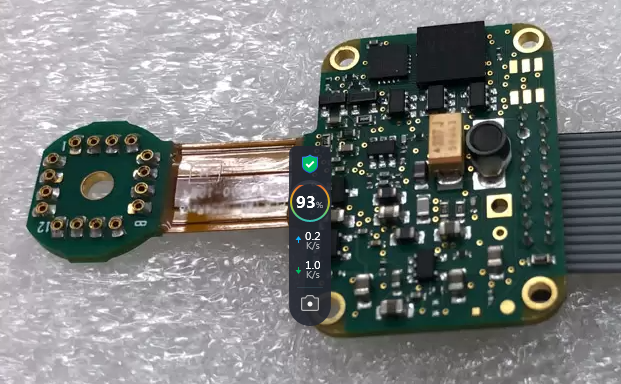
5. Voltage & Logic Level Compatibility
5.1 Voltage Level Shifters
If the substitute IC operates at a different voltage (e.g., 3.3V vs. 5V), level-shifting circuits may be needed.
Example:
- Using a 74LVC series IC (3.3V compatible) instead of a 74HC (5V).
- Adding a MOSFET-based level shifter for I2C/UART communication.
5.2 Power Supply Considerations
- Ensure the substitute IC’s power requirements (Vcc, current draw) match the original.
- Check for power sequencing requirements (especially in FPGAs, processors).
6. Dealing with Obsolete & Proprietary ICs
6.1 Using Modern Equivalents
- Replace an old 555 timer with a more efficient CMOS version (TLC555).
- Substitute a legacy EEPROM with a Flash-based alternative.
6.2 Emulation & Discrete Solutions
- For custom ASICs, consider FPGA-based emulation.
- Rebuild analog circuits using discrete transistors & op-amps.
7. Firmware & Software Adjustments
7.1 Microcontroller Substitutions
- PIC vs. AVR vs. ARM: May require code porting.
- Bootloader & peripheral differences must be addressed.
7.2 EEPROM/Flash Memory Substitutes
- Ensure same addressing & protocol (I2C, SPI).
- Adjust firmware for different page sizes or write cycles.
8. Testing & Validation
After substitution, rigorous testing is essential:
- Functional Testing: Verify input/output behavior.
- Signal Integrity Checks: Oscilloscope analysis for noise/timing issues.
- Thermal & Power Analysis: Ensure no overheating.
Conclusion
IC substitution in PCB design is an essential skill for engineers facing component shortages or obsolescence. By carefully evaluating electrical parameters, pin compatibility, and functional equivalence, designers can successfully replace ICs without major redesigns. Cross-referencing tools, adapter PCBs, and firmware adjustments further facilitate seamless substitutions. Always validate replacements through thorough testing to ensure reliability and performance.
Key Takeaways
✔ Use direct replacements when possible.
✔ Verify pinout, voltage, and logic compatibility.
✔ Leverage cross-reference tools & manufacturer databases.
✔ Consider firmware modifications for programmable ICs.
✔ Always test & validate substituted components.
By mastering these techniques, PCB designers can overcome supply chain challenges and keep their projects on track.

